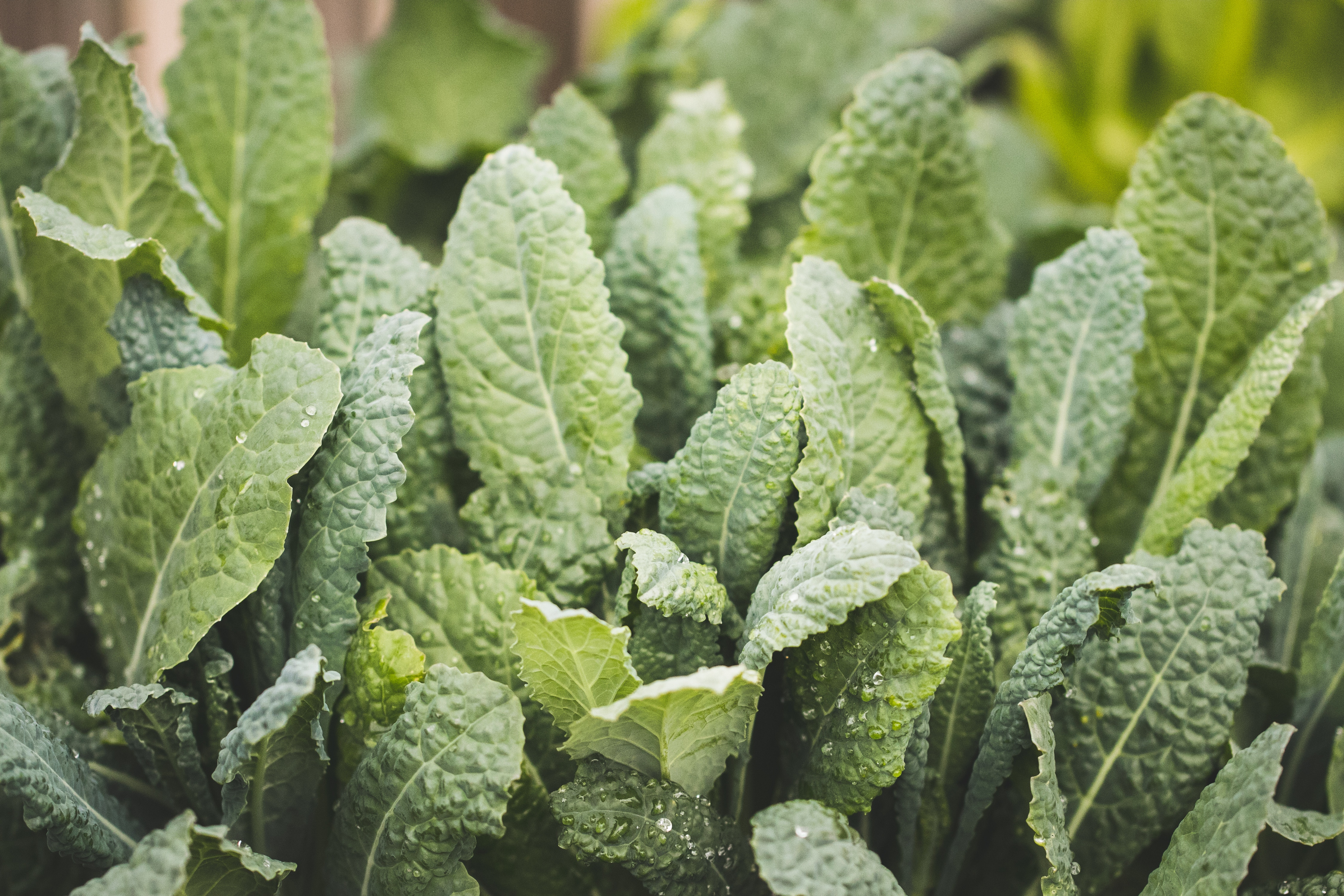
I arrived home from the Farmer’s Market this week ready to cook a little number I like to call ‘egg dinner’ (fancy I know 😉 ) and found my organic bunch of kale, covered in dirt. Ok, admittedly, there was a small reflexive, barely-audible-beyond-immediate-neighbours, ‘tsk’ that may have escaped my pursed lips…quickly followed by my own auto-correct that went something like this, “thank goodness we have a Farmer’s market with real farmers and they grow real food, that actually grew in real dirt and you know what else I love about it…it goes off real fast.” Seriously, that should be a selling point and proof of the kind of substances I want to put in my mouth…readily biodegradable! Not long after these thoughts popped into my head…this article popped into my inbox…
A new year, a newly issued list of the famous ‘Dirty Dozen’. And look who just made it in at number 12!!
Kale
Not my kale from the certified organic farmers at my local market, but regular Kale. The Kale that is in your green smoothie at a cafe & stuffed into every other recipe plausible on many menus. The kale that many patients will go and buy from the supermarket shelf, spurred on by sound advice from us and fabulous intentions.
A recent Medscape Review talks all about what the Environmental Working Group (EWG), a nonprofit organisation focused on human health and the environment, have found in their annual report about the agricultural contamination of fruits and vegetables in the USA. Even though the report is always good food for thought and a routine reminder that some of ‘best foods turn bad’ as a result of unhealthy modern agricultural practices, we should not assume complete translatability. The Australian dirty dozen is not likely to be identical to the one from the US, given farming practices and laws around food safety vary significantly between countries. If you want to drill down more into this then make sure you read One Bite at A Time co-authored by one of very our Own Clean Fifteen 😉 Tabitha McIntosh.
Far from wanting to place any further barriers or discouragement in path of regular patients keen to increase their vegetable intake, which the report states are the (currently accused) growers concerns (hey, how about you spend more time focusing on cleaning up your farming practices guys!), It is just a gentle reminder that a bit of (certified organic) dirt is far preferable & the kind of dirt want to be eating.
PS You might also like to know that the clean list of fruit and veg for 2019 in the US includes: Avocados, sweet corn, pineapples, frozen sweet peas, onions, papayas, eggplants, asparagus, kiwis, cabbages, cauliflower, cantaloupes, broccoli, mushrooms and honeydew melons
Love getting back to grassroots with a bit of dirt therapy?
Our famous Dynamic Balance recording is the foundational teaching resource in mineral nutrition. Minerals represent a critical tool in naturopathic nutrition and there has been an explosion of research in this area over the last 10 years. In order to optimise patient care, practitioners need to keep up with the constant stream of information, updating their previous beliefs and understanding in the process. This seminar is designed to facilitate and accelerate this process of review and re-evaluation via a fresh look at the key minerals iodine, selenium, iron, copper, zinc, calcium and magnesium.
